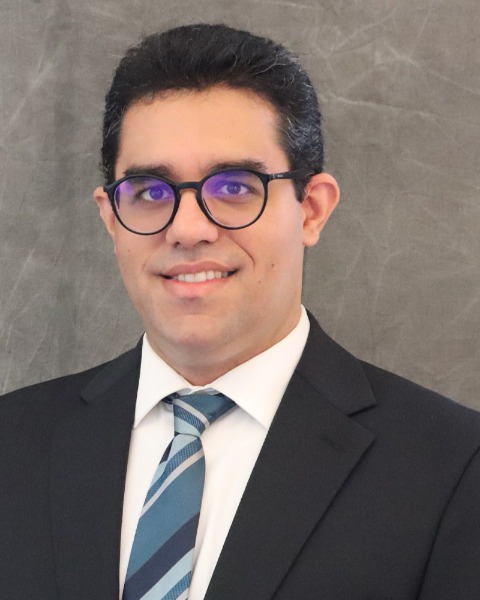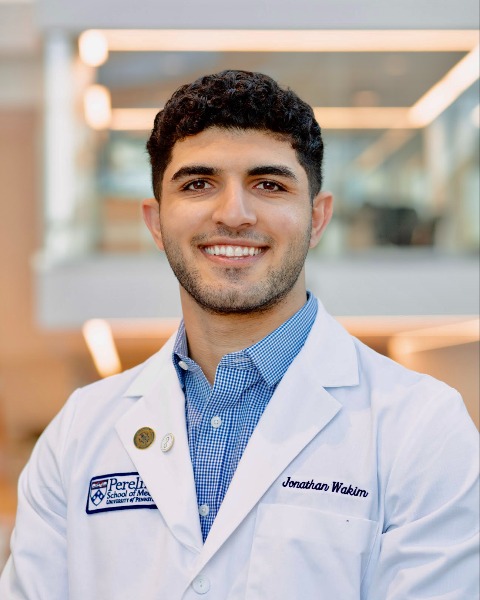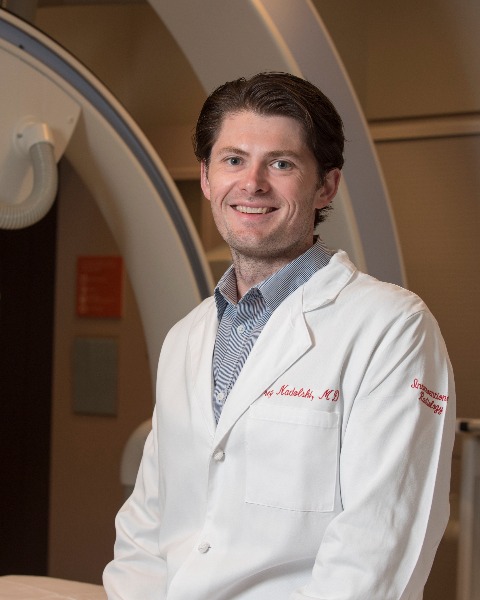Venous Interventions
Retrospective Review of Non-Infectious Port Complications Leading to Port Removal

Alireza Zandifar, MD (he/him/his)
Resident Physician/Research Fellow
Children's Hospital of Philadelphia/SUNY Downstate Medical CenterDisclosure(s): No financial relationships to disclose

Benjamin Frost, n/a
Medical Student
Perelman School of Medicine, University of Pennsylvania
Jonathan Wakim
Medical Student
Perelman School of Medicine, University of Pennsylvania- SV
Shyam Venkatakrishna, MBBS
Post-Doc Research Fellow
Children's Hospital of Philadelphia - LT
Luis Octavio Tierradentro-Garcia, MD
Post-Doc Research Fellow
Children Hospital of Philadelphia - XB
Xavier Becsey, n/a
Undergraduate Student
Perelman School of Medicine, University of Pennsylvania - SP
Sachin Pavuluri, n/a
Undergraduate Student
Perelman School of Medicine, University of Pennsylvania 
Gregory J. Nadolski, MD
Attending Physician
Penn Image-Guided Interventions (PIGI) Lab, Hospital of the University of Pennsylvania, Division of Interventional Radiology- TG
Terence P.F. P. Gade, MD, PhD
Assistant Professor of Radiology
Department of Radiology, Hospital of the University of Pennsylvania 
Scott O. Trerotola, MD
Associate Chair and Chief, Interventional Radiology
Perelman School of Medicine at the University of Pennsylvania, Hospital of the University of Pennsylvania- AV
Arastoo Vossough, MD, PhD
Associate professor
Children's Hospital of Philadelphia - SH
Stephen J. Hunt, MD, PhD, FSIR (he/him/his)
Associate Professor
University of Pennsylvania
Presenting Author(s)
Author/Co-author(s)
In this study, we aimed to investigate the incidence and risk factors of non-infectious port-associated complications (NIPACs) leading to port removal in a large cohort of oncology patients.
Materials and Methods:
This is a retrospective IRB-approved study of oncology patients who underwent port removal over five years (2015-2019) at five medical centers affiliated with an academic medical center. A manual review of the clinical record of 2141 patients who had port removal was done. Patients with missing data (n=90), port for non-chemotherapy purposes (n=94), and infectious complications (n=262) were excluded. Demographic and clinical variables were compared between patients who had their port removed for NIPAC versus patients whose port was removed due to therapy completion. Odds ratios (with 95% confidence interval) were generated to identify risk factors using the univariate (χ²tests) and multivariate analyses (binomial logistic regression).
Results:
Of 1695 included subjects, 219 had port removal because of NIPACs. The most common NIPAC requiring removal was malposition (n = 102), followed by port malfunction (n = 47) and erosion/dehiscence (n =30). Patients with metastatic disease [OR=3.57 (2.63-4.85)], left side port [OR=2.36 (1.75-3.17)], and port placed outside of interventional radiology (IR) [OR=10.64 (7.81-14.51) had significantly higher risk of NIPACs (all p< 0.0001). Patients with gynecological [OR=3.37 (1.97-5.78)], lung [OR=2.17 (1.17-4.03)], blood [OR=2.64 (1.43-4.86)] and pancreatic [OR=2.45 (1.31-4.58)] cancers had higher odds of NIPACs (all p< 0.01). Patients who received antimetabolite [OR=1.69 (1.25-2.29)], antiangiogenic [OR=3.54 (1.41-8.88)], and immunotherapy agents [OR=2.35 (1.04-5.32)] had more NIPACs (all p< 0.05). After applying binomial logistic regression analysis, factors associated with higher odds of NIPACs (p< 0.01) included female gender [OR=1.82 (1.14 to 2.86)], metastatic disease [OR=2.51 (1.71 to 3.68)], left side port [OR=1.77 (1.19 to 2.65)], placement outside of IR [OR=12.28 (8.39 to 17.97)], and gynecological cancers [OR=3.5 (1.6 to 7.62)].
Conclusion:
Port malposition and port malfunction are the most common causes of NIPACs in oncology patients. Patients with a port placed by a non-IR specialist, metastatic cancer, left side port and gynecological cancers had a higher association with NIPACS.

.jpg)
.png)
.png)
.png)
.png)
.jpg)
.png)
.png)
.jpg)